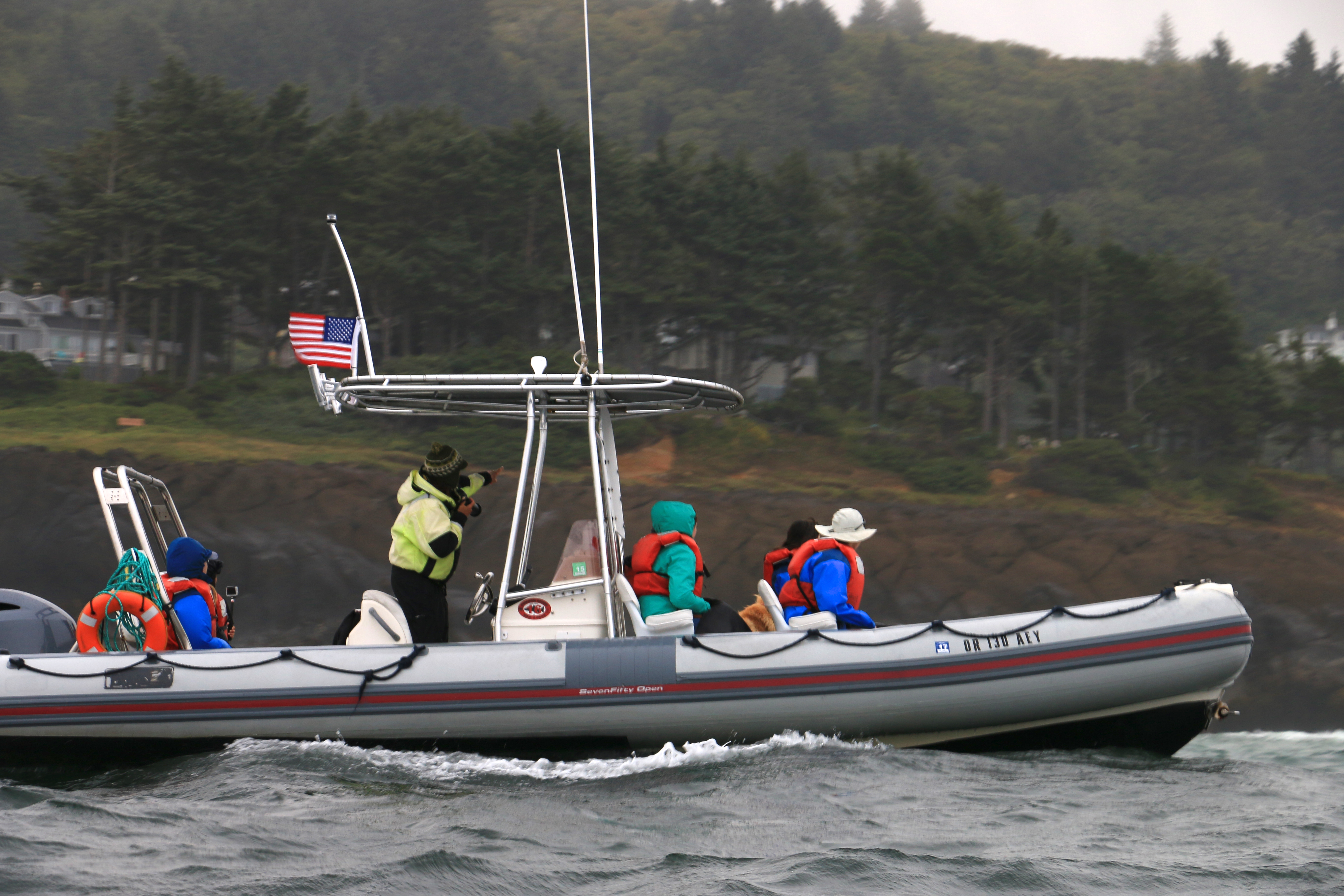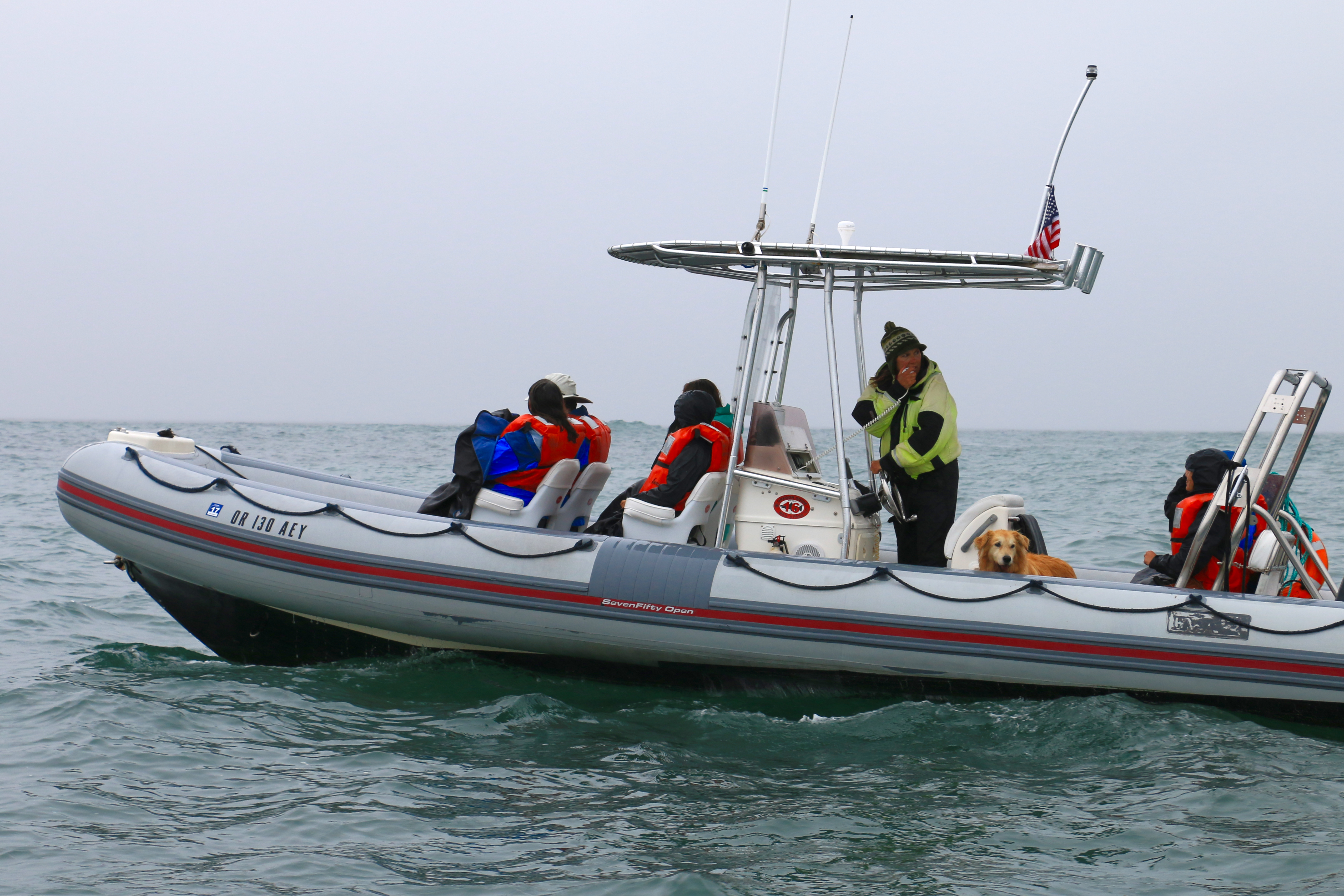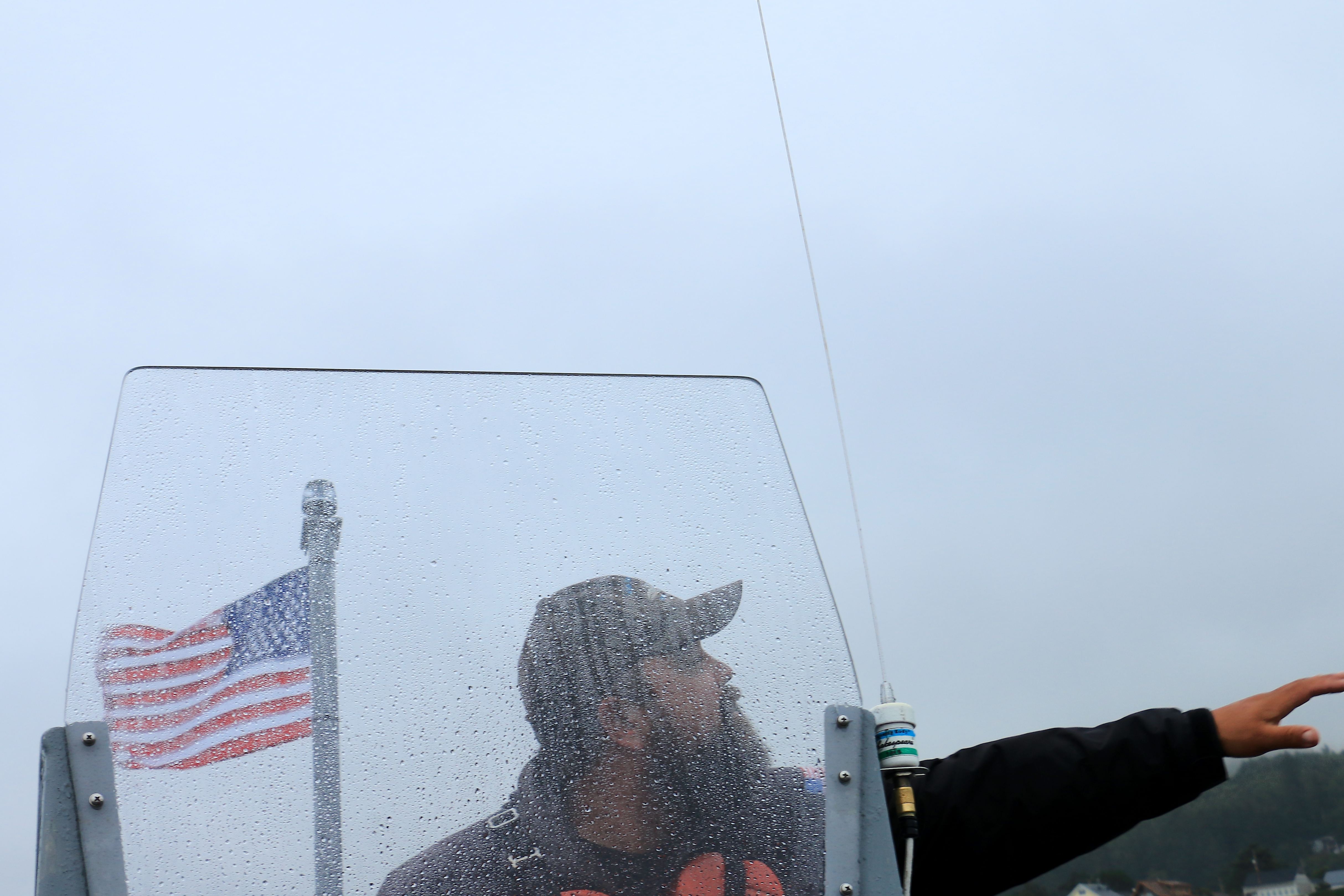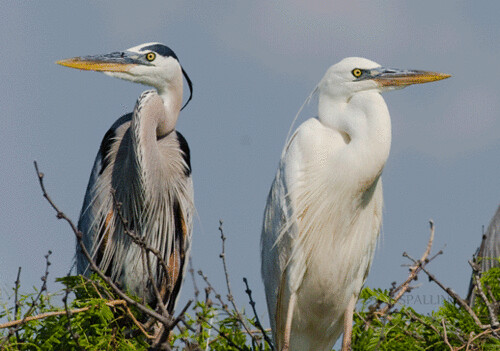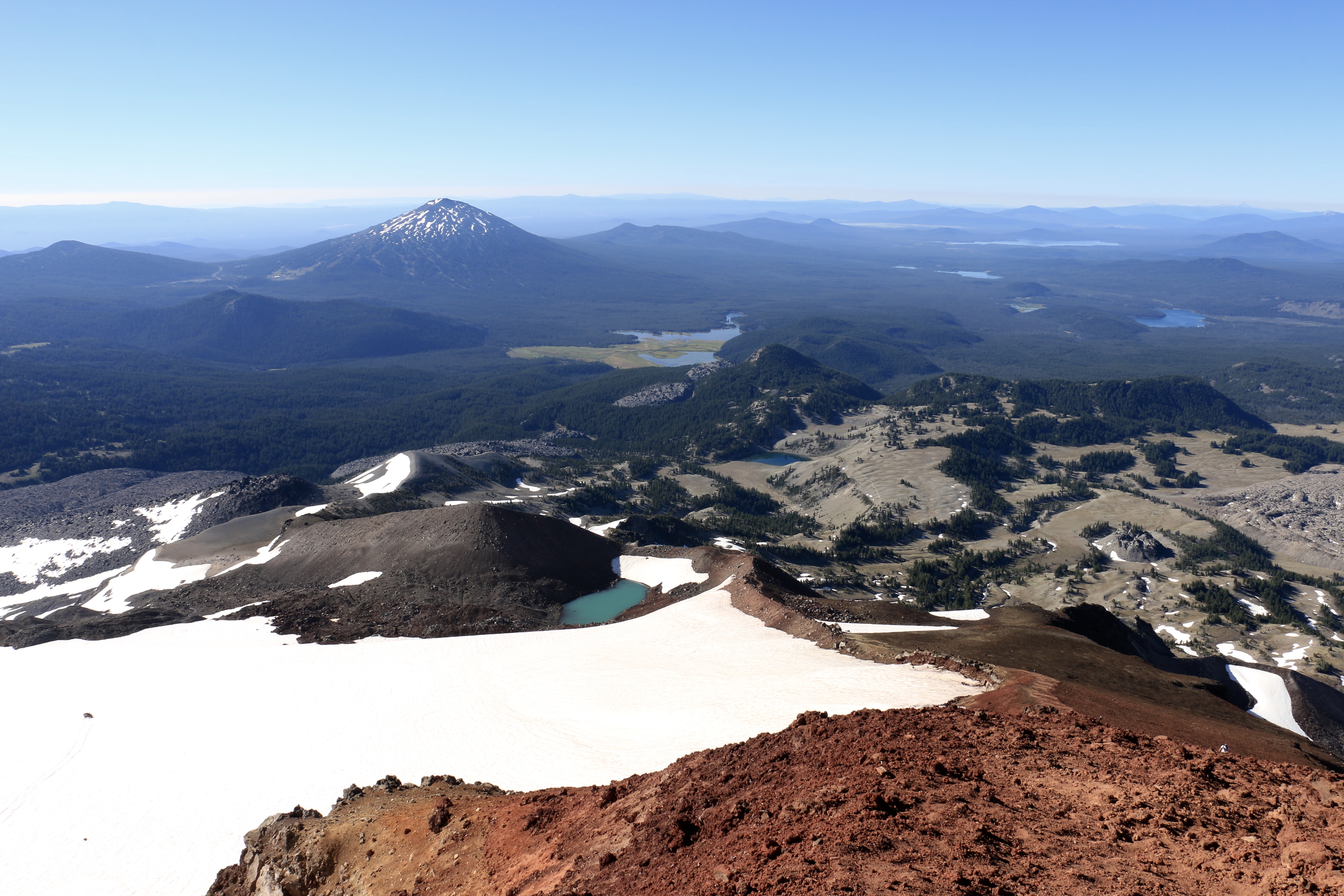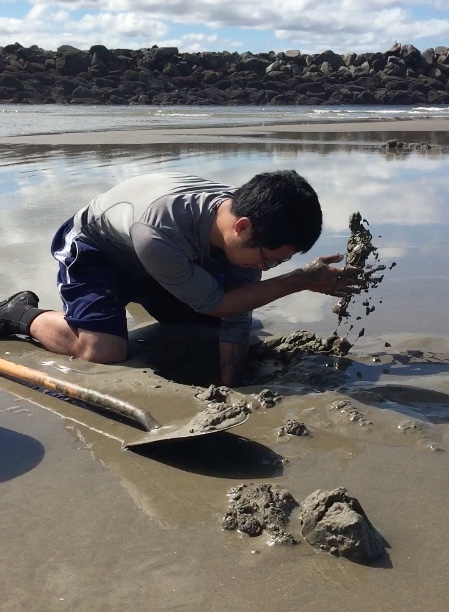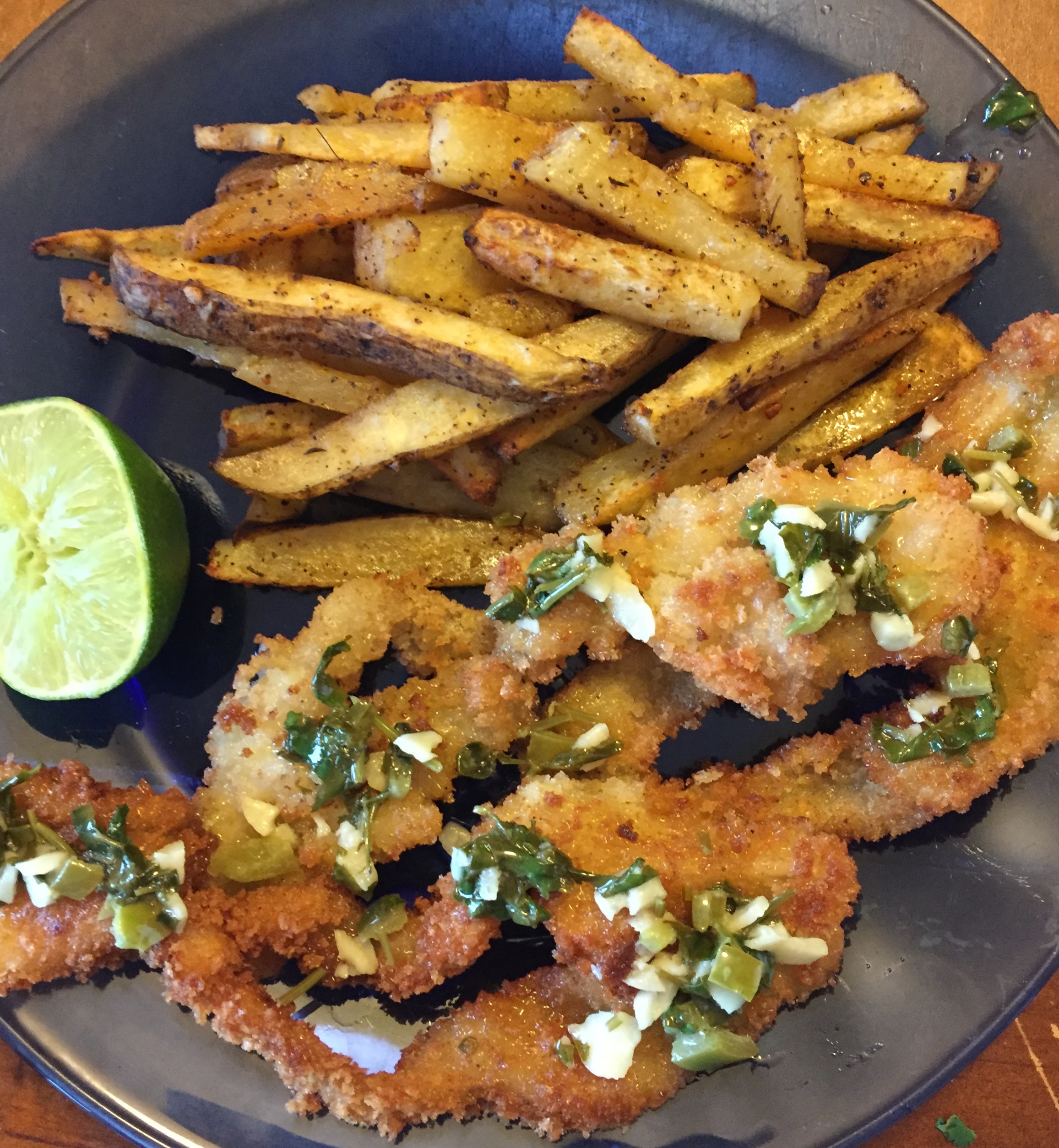I couldn’t think of a better last day than having it be the last Shop at the Dock. I spent Thursday making some baked goods to thank all of the fishermen who participated in the program (and tolerated our presence on the docks). Through all of the events, the best part was getting to see how grateful participants and fishermen were and I’m lucky to have been a part of it.

I am unbelievably proud of this.
With the program over, I’ll look forward to spending some time with my family, getting in some traveling, and finding a job. I’ve always been interested in science and education. Helping with Shop at the Dock and being a part of Sea Grant has solidified my interest in pursuing both. It was really great seeing what a powerful tool education can be and I’d like to find a career where I can incorporate education and outreach with science.

So long Sea Grant
I wanted to finish off by thanking the village of people who worked so hard to make this summer happen. So thanks Haley, Mary, Sarah and every other Sea Grant employee who made the Summer Scholars Program possible. I am eternally grateful to my mentors, Kaety Jacobson and Kelsey Miller, for the wealth of information, the never-ending guidance and support, and for being a constant source of inspiration. Also huge thanks to the rest of the Shop at the Dock crew- Jess Porquez, Amanda Gladics, and Mark Farley- for teaching me about Newport, fisheries, different career paths, and how to be understanding and gracious towards others with conflicting opinions.
Thank you to my fellow Summer Scholars, who made this summer unforgettable. I’m so grateful to have been surrounded by such incredible, kind, and caring people and I will miss you all dearly. Cheers to the many outdoor adventures, the endless sass and sarcasm, the great meals and conversations, and everything in between.
And finally, thanks very much for reading and (hopefully) listening along with me. I’ll finish this post with my final song of the summer from Edward Sharpe and the Magnetic Zeros called Home. Partly because I’m happy to be headed home for a bit, but mostly because I’m so grateful to have found a little piece of home along the Oregon Coast. Newport, you will be missed.





